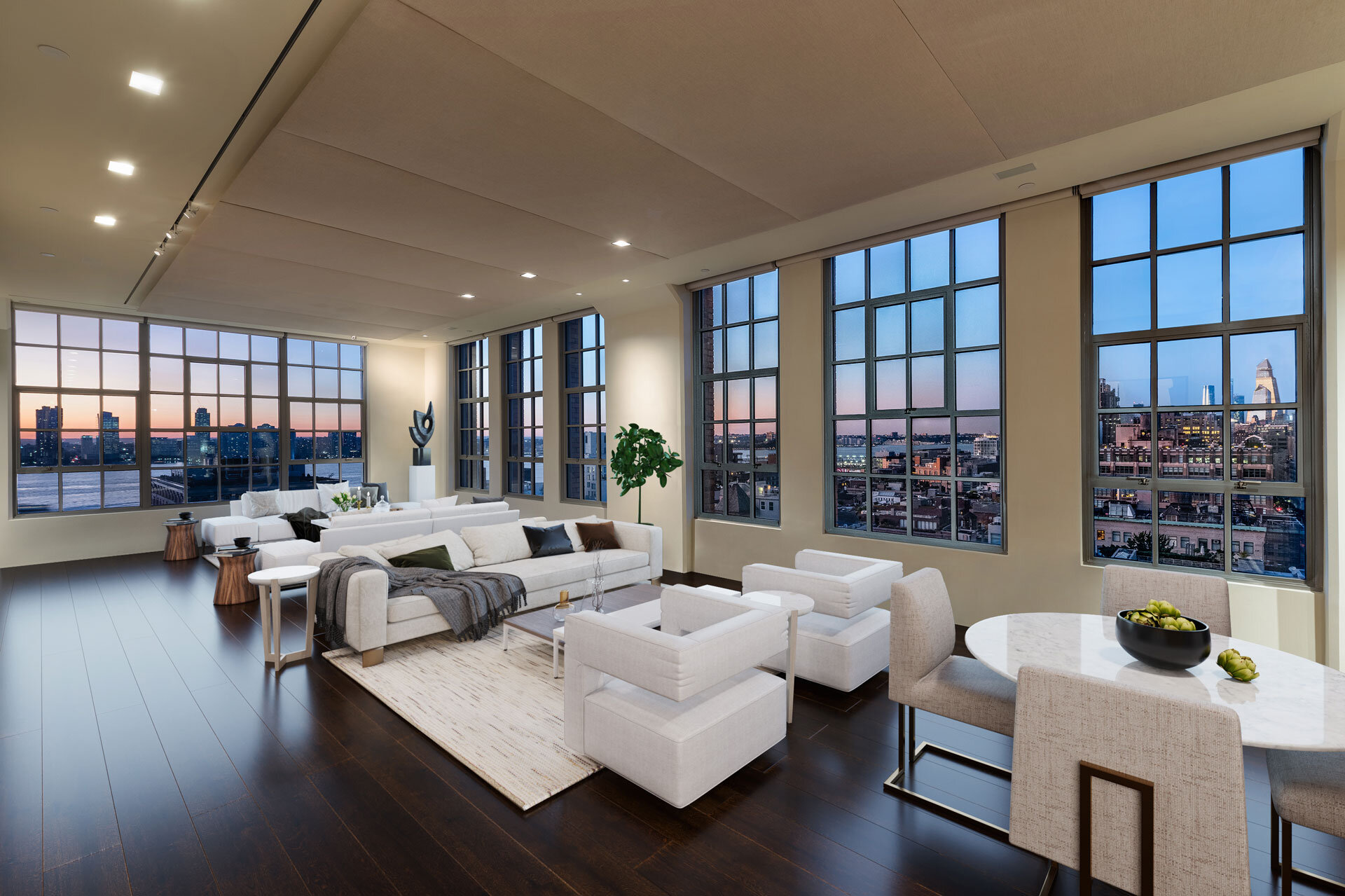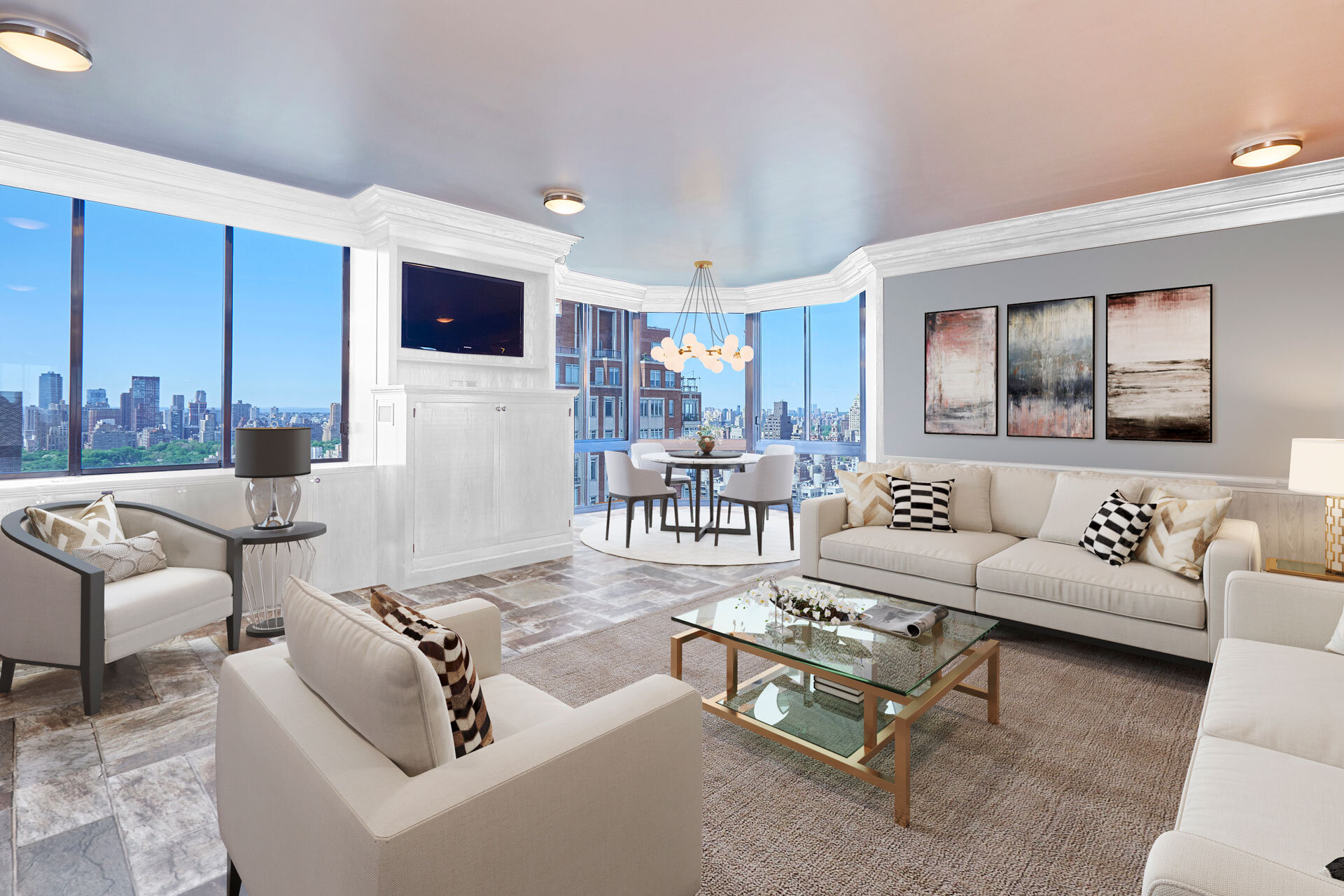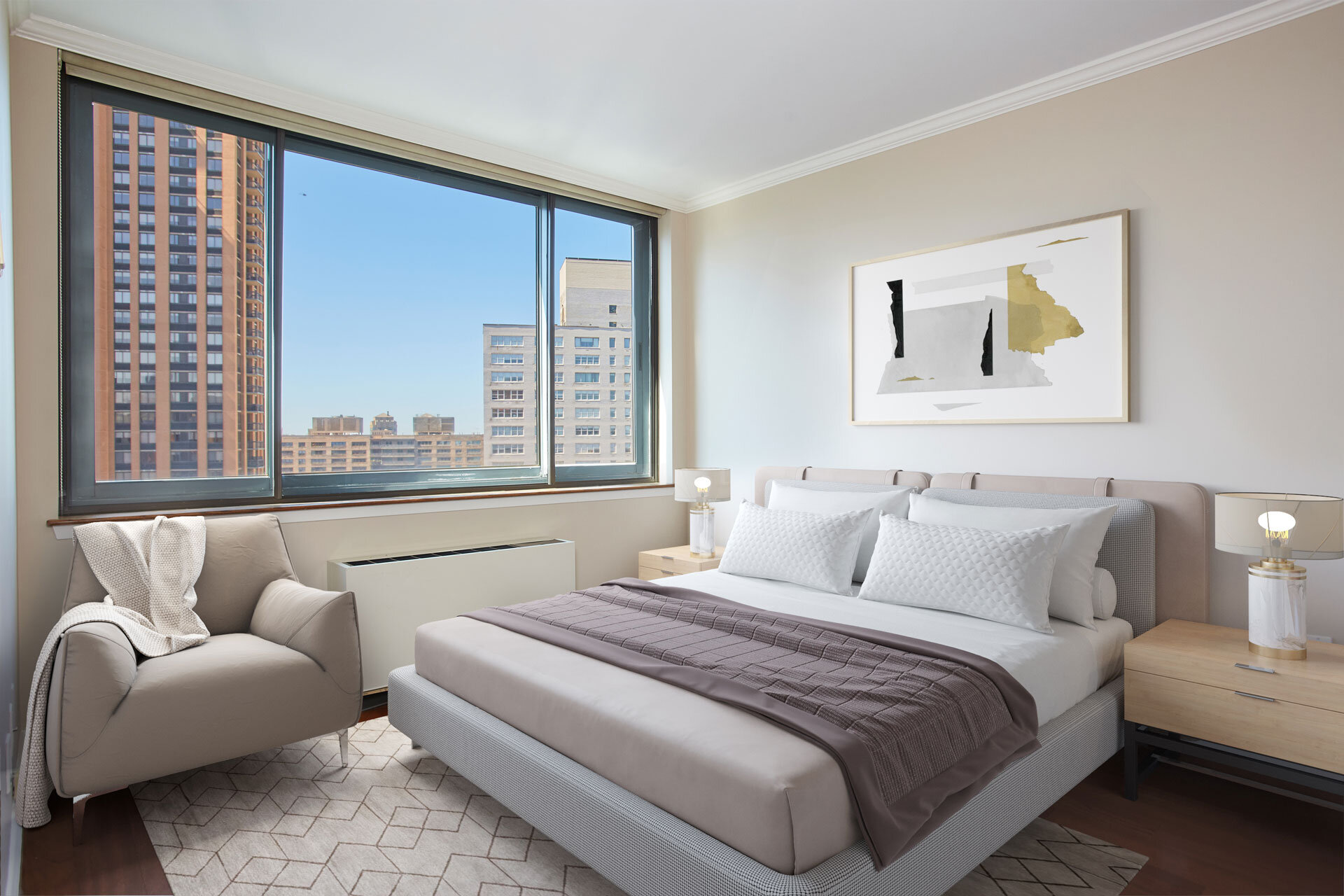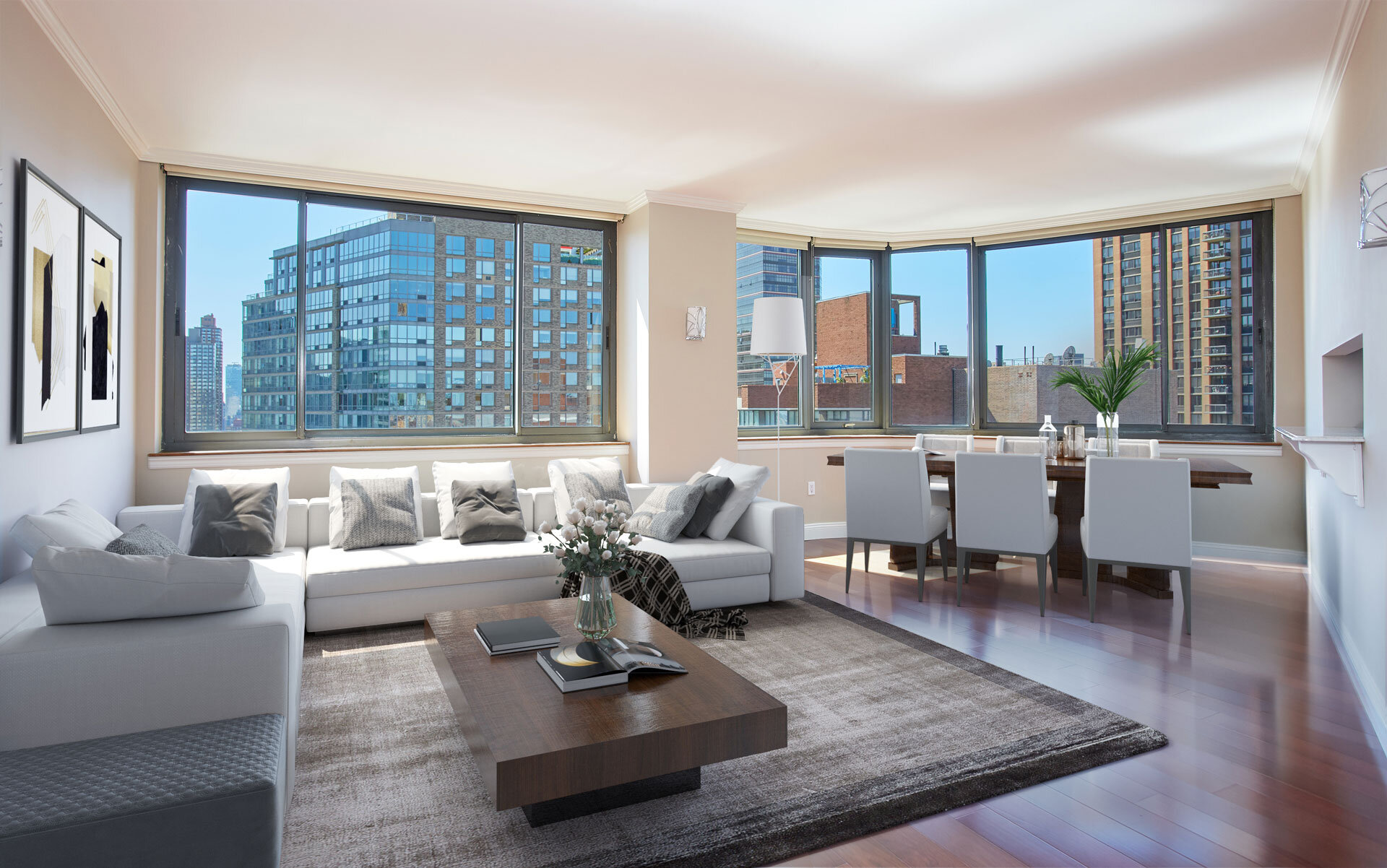Staging tips for Photographers
Most people do not know what they like or dislike about a space. They know a feeling they have. And a tidy space will not save you relaying an icky feeling from the people viewing the space. However, creating an inviting, neutral, well thought out space is definitely a better way to start.
When it comes to prepping a home for photography, staging plays a significant role. It will definitely enhance the photography, but it will also give onlookers the ability to imagine themselves in that space. Simply put, the more relatable a space, the better the feeling is that will be relayed.
Staging does not necessarily have to be a whole production. It can be anything from thinning out a space to virtual enhancement. It all comes down to what is the best way to tell your story.
Over the years, I have managed to pick up a few tips that are no brainers, especially when working with a limited budget. Professional staging is amazing, but not always a possibility. So when that is not an option, here are a few tips that can help.
- Remove all Family stuff
- Narrow down your areas
- Move stuff around
If you have another family's memories staring at you, it will be hard to imagine yourself in a space. Remove family photos and personalized keepsakes. Space needs to be clean in order for someone else to feel like they can see themselves here. Otherwise, they are just a voyeur in someone else's space.
Pro Tip: Declutter surfaces and refrigerators. (magnets, save-the-dates, pictures, etc.). Clutter is bad for emotions, even if you live there. Hide it.
Use your space wisely. Define it. If there is a dining room, set the table. Define the space. Make it evident that this is what the space is used for. Open concepts are fantastic in reality, but some viewers need the space spelled out for them.
Pro Tip: Remember, the camera thinks in layers. Too many pieces of furniture, chairs, vases, or even flowers can be distracting. Avoid layering.
In general, the way we live is not what is the most visually pleasing. However, to highlight a space, we need to know what matters and what does not. Bring your arm strength (or someone who has it) and be prepared for more furniture).
Pro Tip: I always avoid the backs of chairs. I don't mind peaking over a chair, but I would never shoot at the chairs back. A space should feel welcoming. Angles always work, but two chairs facing the camera verses an enclosed circle around the TV would invite the viewer into the space with greater ease.
- Look beyond the window
Yes, you are photographing interiors, but what is outside a CLEAN window matters too. If the viewers see trash cans and tarps right outside the living room window… well, let's just say, it is not a good look.
Pro Tip: Take a walk outside and clean up or hide the unsightly elements. It takes a minute and usually is just a matter of shifting something beyond the line of sight from the camera.
A pop of color is critical. A lot of colors are reserved for the interior design genius who knows how to use everything in one space. Know what you don't know. A neutral room with a pop of color (pillow, short-stemmed flowers, a pile of coffee table books) can be all the color you need to warm-up space.
Know your neutrals: black, white, grey, brown, beige, cream, silver, and sometimes gold. You can put as many neutrals in a room as you want, and they will form an excellent base for the pops (red, orange, yellow, green, blue, and purple).
However, when you add colors, do so with great restraint. If you have too many in one room, the photos will start to look chaotic and visually noisy. Use your accessories for this and never underestimate the throw blanket. But be careful. If you are not an experiences shrugger (you will know if you are), stick to a neat fold. Otherwise, it looks messy.
Pro Tip: White linens and at least four pillows on a double (or larger bed) will do wonders. This is also where a pop of color in throw pillows can help immensely.
People like Life
Don't underestimate the power of life. Succulents in the bathroom, fruit in the kitchen, small flowers by the bed, and a low bouquet on the coffee table are all staples and go-to items I recommend. This can make an otherwise sterile environment actually look like there is life breathing into it. I am a firm believer in lemons, oranges, or limes in the kitchen. The bowl should be low and white, preferably.
Pro Tip: Buy fake flowers. Fakies have come a long way, and there is no reason to continue to buy the real thing when you can reuse the fake ones. Trust me.






